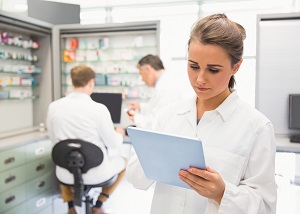Opitz C syndrome is an ultra-rare disease that causes mental and physical disability. Having different genetic causes, the diagnosis is difficult and often late. Professors Daniel Grinberg, Susanna Balcells and Roser Urreizti are studying the genes linked to the disease.
Their goal is to facilitate the search for new treatments and prenatal diagnosis. This disease, besides being very rare, is characterized by a wide range of clinical patterns. With such premises it is normal for the diagnosis to be difficult. Most patients struggle to find an answer and are often treated for different illnesses due to misdiagnosis. The only way to solve the problem is to apply genetic sequencing.
The study in question aims to create a precise molecular profile of the causes of the pathology. To this end, the researchers examined a series of clinical cases diagnosed as Opitz C. This led them to identify new genetic mutations associated with the DPH1 syndrome, sometimes confused with the Opitz C. The researchers analyzed the effects of the new mutations linked to the DPH1 gene. By applying computational models, they evaluated the properties of these proteins in the mutated and normal versions. In particular they focused on its role during embryonic development.
The ultimate goal is to better understand how the variations work, so that they can be linked to the Opitz C syndrome or not.
Source: eurekalert.org
Add a comment





